About mind maps and diagrams
Mind maps can be an invaluable tool in the creative thinking process. They are a visual thinking tool ideal for brainstorming, exploring ideas and presenting information in a unique way. This article collects information about mind maps, namely:
What is a mind map?
A mind map is a diagram for representing tasks, words, concepts or elements. It can turn a long list of monotonous information into colorful, memorable and highly organized material that works according to your brain's natural way of doing things. Mind Mapping is essentially generating ideas in an interesting and engaging way. Consider one way to make a beautiful mind map. To do this, compare it with a city map. The center represents the main idea; the main roads leading from the center represent key thoughts in your thinking secondary roads or branches represent your secondary thoughts, etc. Special images or shapes can represent landmarks of interest or especially important ideas.In a mind map, unlike traditional notes or line text, information is structured in such a way that much more reminiscent of how it actually works your brain. Because it is an activity that is both analytical and artistic, it engages your brain, assisting in all of its cognitive functions.
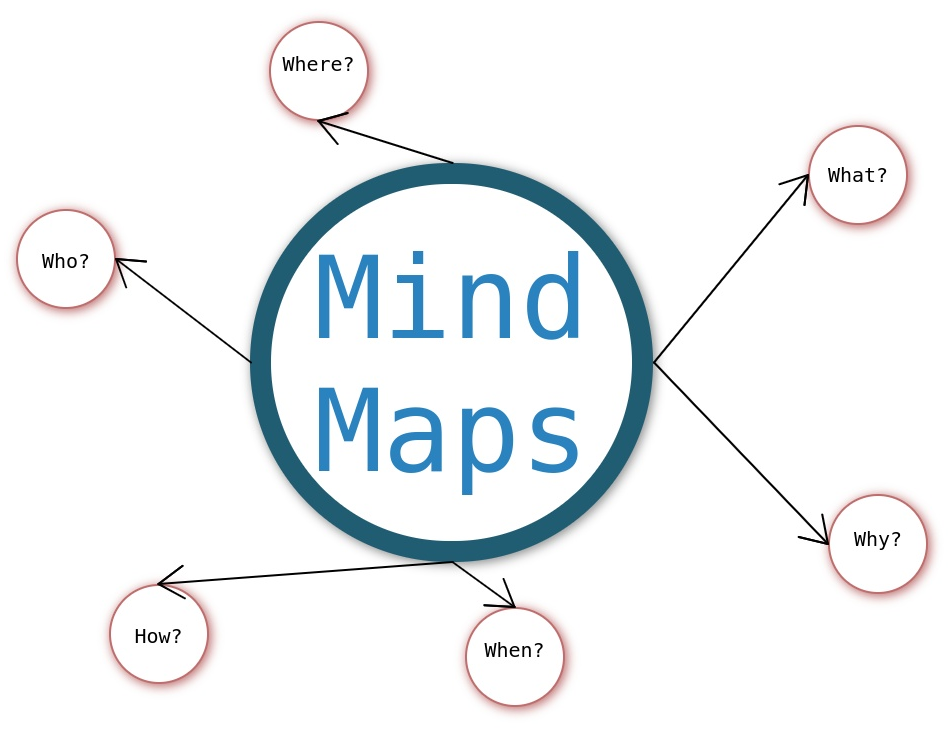
Every great business success starts with an idea. That idea can come from one creative spark of inspiration or even a team of people who combine their ideas and turn them into reality. In this digital age, it is becoming increasingly difficult to stand out from crowds as competitors embrace new and exciting ways to attract and excite customers, so it is vital for companies to seek unique experiences that not only grab the attention of their audience, but also offer them something that resonates with them.Having innovative thinkers on your team is a huge asset. However, creating a mind map is a great way for you to capture your ideas as soon as they come to you. Then you can return to your mind map when you have more time to explore those ideas in more detail, which may simply lead to the promotion of a particular business.
How can mind mapping help improve my daily work?
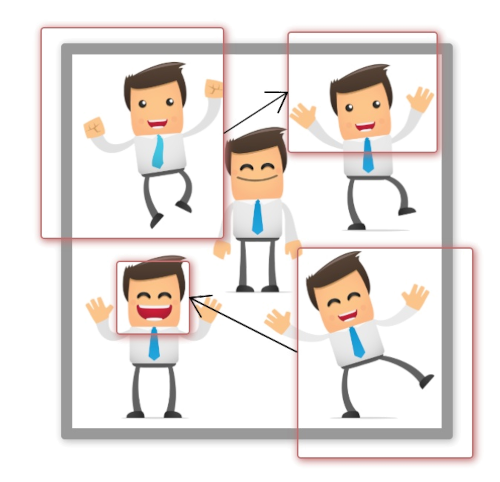
Creating mind maps for a working project allows you to keep track of any creative decisions and break them down with branches for further exploration. When faced with a problem, it can be important to take a step back and take a different perspective. Adding your ideas into a mind map naturally allows your mind to consider a range of possibilities that might otherwise go untapped. Mind mapping is a powerful and unprecedented way to facilitate innovative thinking. Evolve the way you think — you never know where your next idea.
History of Mind Maps
Tony Buzan, a British psychologist and TV presenter, first popularized the term mind map. However, the use of charts that visually display information using radial maps has been traced for centuries. Mind maps are similar in radial structure to concept maps developed by specialists. in teaching in the 1970s, but differ in that the former are simplified by focusing around one central key concept. These methods record knowledge and model systems, have a long history in learning, brainstorming, memory, visual thinking and decision.
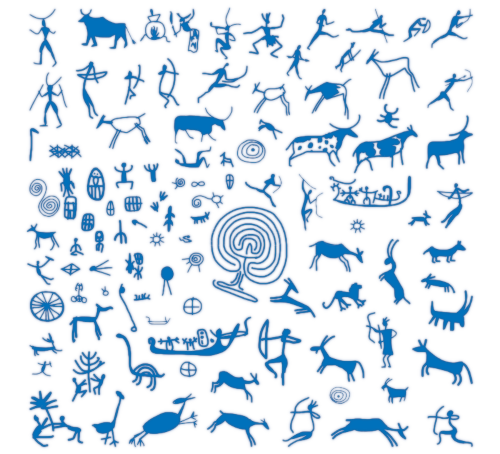
Using Maps
The radiant structure of the mind map flows just like the human brain works, radiating from a central idea to subordinate points. Mind mapping helps to clarify your thinking in many different ways.ntexts: personal, family, educational or business. Usually, cards are used for
- Outline
- Brainstorming
- Analyze and solve problems
- Learning and Memorizing
- Planning and Decision Making
- Research and consolidation of information from various sources
- Information Presentation
- Inducing creativity
The Benefits of Mind Maps
- Wide Adaptability
- Easy Editing
- Improved Memory
- Brief Information
The human brain works exactly the way a mind map grows, which allows it to be used in many learning and organizing situations such as preparing, taking notes, writing book summaries, planning things, and organizing structured tasks, etc.
Compared to traditional linear text in notebooks, the mind map can theoretically develop into unlimited branches and levels in the structure. It is easy and convenient to add ideas and information at any time later, rather than squeezing the texts onto the margins of the paper. with randomly distributed lines and arrows.
In addition to the radiating structure, the cartographer can insert images and symbols on his map as he pleases. These personalized elements tend to make things easier to remember.
Since the thematic texts of mind maps are keywords and short phrases, mind maps are of great help in accumulating a lot of information. For example, when preparing for the final exam, it is much more economical to view knowledge on a mind map than to read it. the whole book.
Disadvantages of Mind Maps
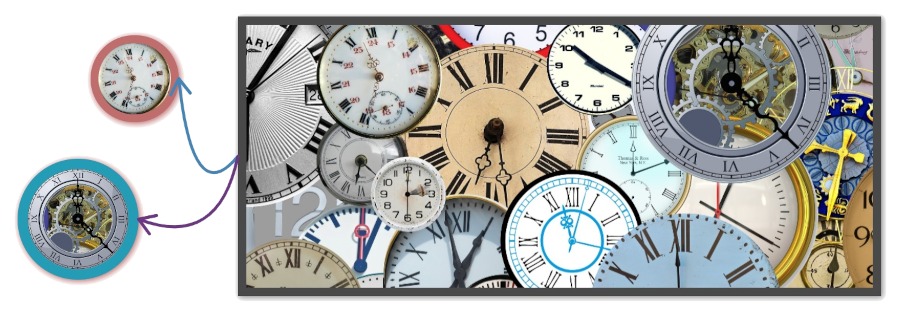
- Text Limitation
- Time consuming process
As mentioned above, mind map thematic texts are made up of keywords and short phrases that limit the amount of text you want to place. On a hand-drawn mind map, large chunks of text will make the map messy. However , if you decide to use the Zimind editor, you can insert notes, comments, pictures to make the created mind map more informative.
If you need to draw a mind map with great pictures and accompanying texts, it may take a while. Therefore, creating mind maps with powerful software like Zimind will save you energy and time.
Why use mind maps?
The artist and inventor Leonardo da Vinci said: - Everything is connected with everything else.
Drawing a mind map is one of the best ways to make connections between your ideas, and then see those connections in one place before you write.
Mind maps can also help you connect unrelated ideas, chart your work, and save you writing time.
Why mind maps are better than text notes
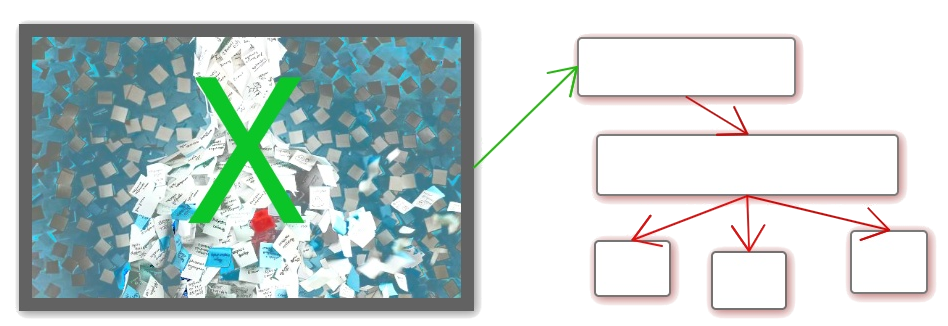
Mind maps can be more effective than other brainstorming and linear recording methods for a number of reasons:
It is a graphical tool that can include words, images, numbers and color, so it can be more memorable and enjoyable to create and view. A combination of words and pictures is six times better for memorizing information than just words.
Mindmaps link and group concepts together through natural associations. This helps you generate more ideas, find deeper meaning in your topic, and prompt you to fill in more or find what you are missing.
A mind map can give you an immediate overview of a large subject, as well as contain large amounts of information.
This is also a very intuitive way of organizing your thoughts, as mind maps mimic how our brains think — bouncing ideas apart, rather than thinking linearly.
You can generate ideas very quickly with this technique and it is recommended that you explore different creative paths.
It is good to use mind maps, especially when you get stuck on a problem or stuck with a writing block. Starting with the basic questions - who, what, why, etc. - and then, following each thread, you will see that you are not missing anything, and ideas just appear by themselves.
Think of it this way. Imagine being asked to write down as much as possible.more uses for bricks as much as possible. Many people would just start listing all their ideas (building a wall, building a walkway, etc.). But what if you started from a broader perspective, like thinking about the properties of bricks. It's heavy, so you can use it: as a paperweight to hold a trash bag while raking, as an exercise weight to roast chicken juicers, trick. It's also thick, so you can use it to support the planter or as a doorstop. It's red, it's solid, it's rectangular, and so on. This is the magic of mind mapping: once you start, the possibilities seem almost endless.
How does mental mapping help you remember?
The secret of how memory works
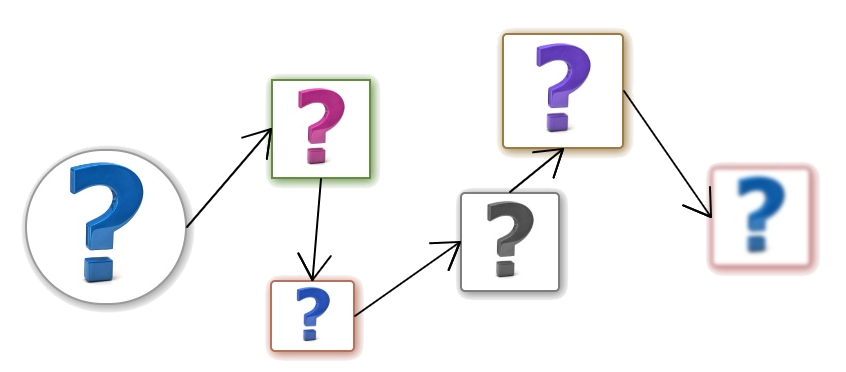
Are you familiar with what memory is and how it works? Most people tend to think that you are born with or without a good memory. But according to scientists and experts, this is not so. Memory is defined as a concept related to the process by which people can acquire, store and retrieve a huge amount of information in various forms, such as images, words, sounds, etc. This is a collection of processes that we can control. Memory is a mental skill, which can be improved through training and practice. There are various methods of improving memory that can help us develop and improve our memory skills.
Memory plays a very important role in our life. In particular, it helps us remember things from the past - memories that allow us to act in the present and prepare for the future. Without memory, we will not be able to remember what happened yesterday what we did today and what we plan to do tomorrow.
Memory is a complex process that includes three mechanisms needed to process information: encoding, storing and retrieving.
Encoding
Encoding is the first phase of the memorization process. This term refers to new information that we receive and put into our memory. The process of encoding incoming information and putting it into memory gives us the ability to remember new things. If new information is not is encoded, we will not be able to remember it. There are two types of encoding: automatic - when we naturally place information in memory and lung - when we need to make an effort to put information in memory.
Impact of cards on memory
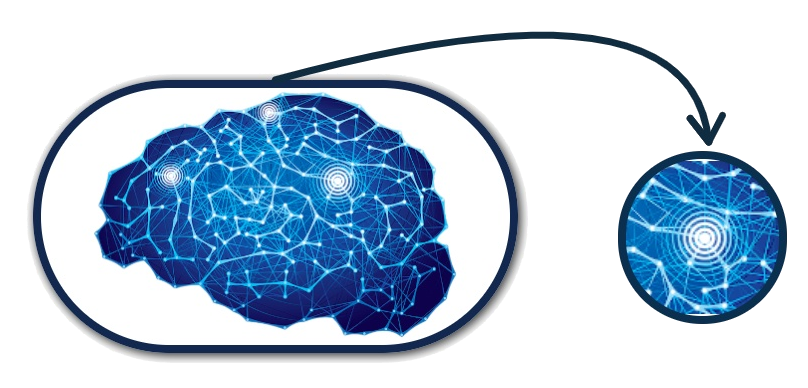
Mind mapping is a technique used to generate, structure, and present ideas and thoughts, and to explore and organize new information.
Mindmaps are usually created around a particular concept or idea that is visually presented as a central key element. This particular topic later branches out to represent close relationships with a wide range of ideas. Words, images and symbols can be used in mind mapping. to better understand and remember an idea or concept.
The mind mapping technique is easy to understand and great for practice as it stimulates us to visualize many things. Namely, we can use mind mapping for personal and business purposes, individually or in a group.
One thing that makes mindmapping particularly useful is the benefits it has for the memory process. In fact, mental mapping can improve our memory because it can include association and imagination as part of the map-making process.
Mindmapping works because it is more than a visual representation of information; the process of creating a mind map actually brings connections in your long-term memory together to help you remember information. This is because you are actively learning. if you were just looking at the mental map on the poster, it would be passive learning that would mean very little so that no information will pass into your long-term memory.







 Site is developed by the company - ZZZ WEB IT
Site is developed by the company - ZZZ WEB IT